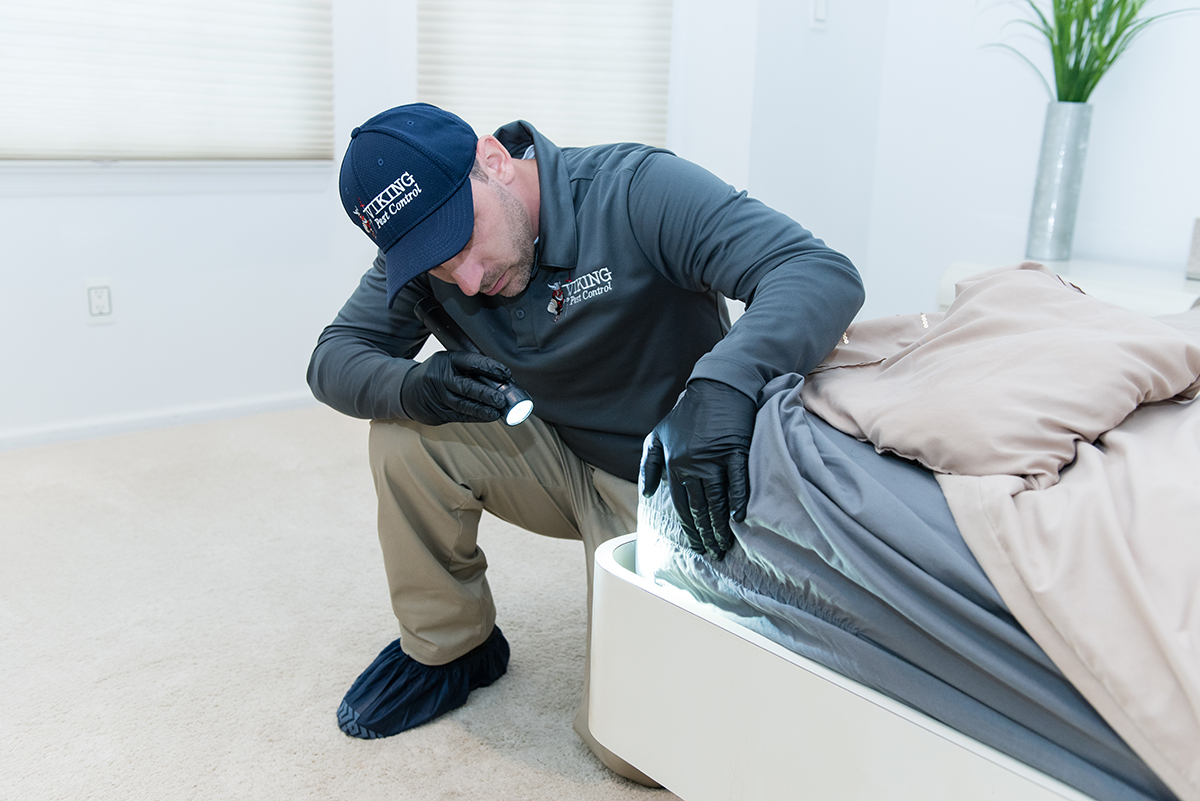
Image Source: Google
Introduction
Bed bugs are a common nuisance that can infest homes, hotels, and other places where people live and sleep. These tiny insects feed on blood and can cause itchy bites and sleepless nights. Effective bed bug control treatment is crucial to eliminate these pests and prevent them from coming back. In this comprehensive guide, we will discuss the 5 essential steps for an effective bed bug control treatment. Refer link: https://www.presidiopestmanagement.com/bed-bugs/
Step 1: Inspection and Identification
Before implementing any treatment, it is crucial to confirm the presence of bed bugs in your living space. Here are some signs to look out for:
- Reddish-brown stains on mattresses or bed sheets
- Musty odor in the room
- Small blood spots on bedding
- Visible bed bug skins or exoskeletons
If you suspect a bed bug infestation, consider hiring a professional pest control expert to conduct a thorough inspection and confirm the presence of these pests.
Step 2: Preparation of the Infested Area
Before starting the treatment, it is essential to prepare the infested area to maximize the effectiveness of the control methods. Follow these steps:
- Remove clutter and unnecessary items from the room
- Wash and dry all bedding, linens, and clothing on high heat
- Vacuum carpets, furniture, and baseboards thoroughly
- Seal cracks and crevices where bed bugs can hide
By preparing the area properly, you can ensure that the treatment will target the bed bugs effectively and eliminate them from your home.
Step 3: Treatment with Insecticides
There are various insecticides available for bed bug control, ranging from sprays to dusts and aerosols. It is essential to choose a product specifically designed for bed bugs and follow the instructions carefully. Here are some common insecticides used for bed bug treatment:
- Pyrethroids: Synthetic chemicals that are effective against bed bugs
- Desiccants: Substances that dehydrate and kill bed bugs by drying them out
- Insect Growth Regulators (IGRs): Chemicals that disrupt the growth and development of bed bugs
When using insecticides, make sure to apply them to all areas where bed bugs are suspected to be hiding, such as cracks, crevices, and furniture. Repeat the treatment as necessary to eliminate any remaining bed bugs.
Step 4: Monitoring and Follow-Up
After applying the treatment, it is essential to monitor the infested area regularly to ensure that the bed bugs have been effectively eliminated. Here are some tips for monitoring and follow-up:
- Inspect bedding and furniture for any signs of bed bugs
- Place bed bug traps or monitors to capture any remaining insects
- Continue vacuuming and washing bedding to prevent a re-infestation
If you notice any signs of bed bugs after the initial treatment, consider contacting a professional pest control expert for further assistance.
Step 5: Prevention and Maintenance
Once you have successfully eliminated bed bugs from your home, it is crucial to take preventive measures to avoid future infestations. Here are some tips for bed bug prevention and maintenance:
- Encase mattresses and box springs with bed bug-proof covers
- Inspect second-hand furniture and clothing before bringing them into your home
- Seal cracks and crevices in walls and furniture to prevent bed bug hiding spots
- Regularly vacuum and clean your living space to reduce the risk of infestations
By following these prevention tips and maintaining a clean and clutter-free living environment, you can significantly reduce the chances of bed bugs returning to your home.
Effective bed bug control treatment requires thorough inspection, proper preparation, targeted treatment, monitoring, and preventive measures. By following these 5 essential steps, you can effectively eliminate bed bugs from your home and ensure a bed bug-free environment for you and your family.
